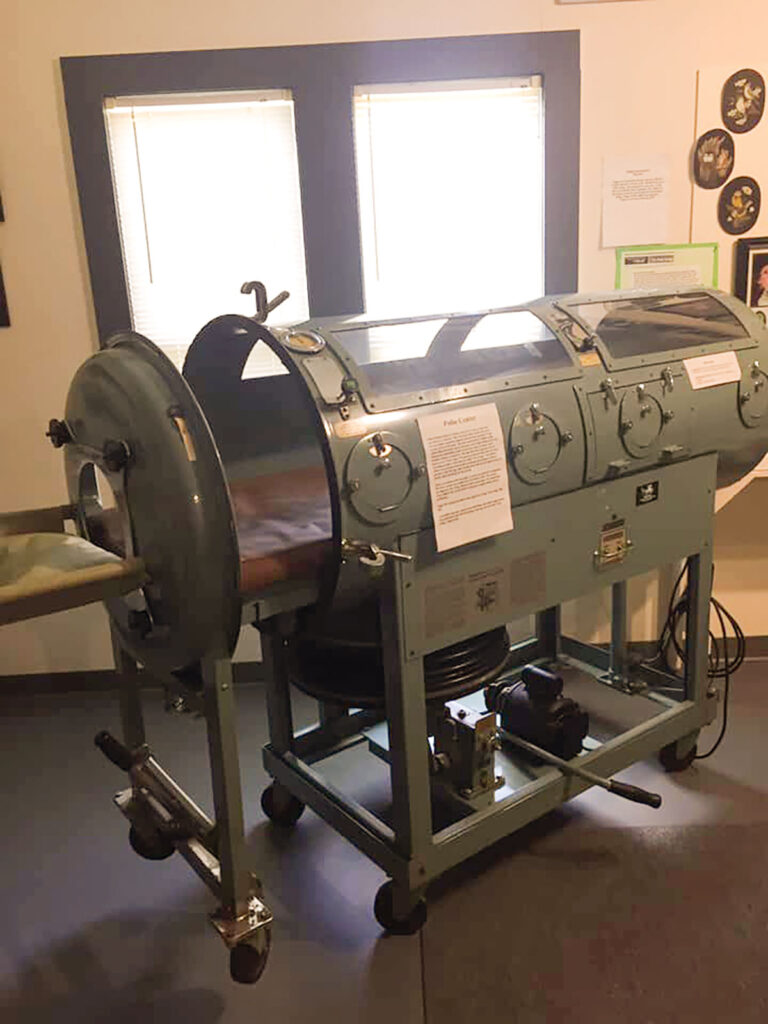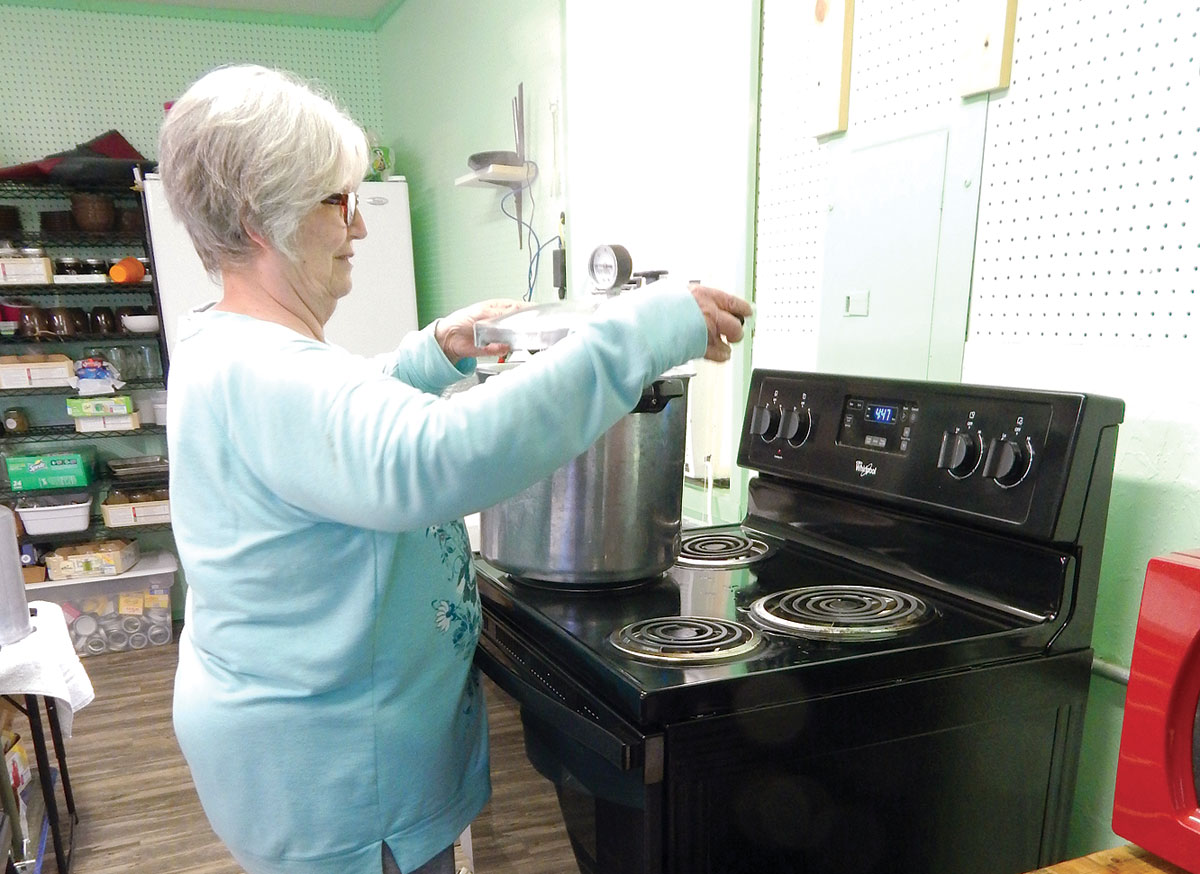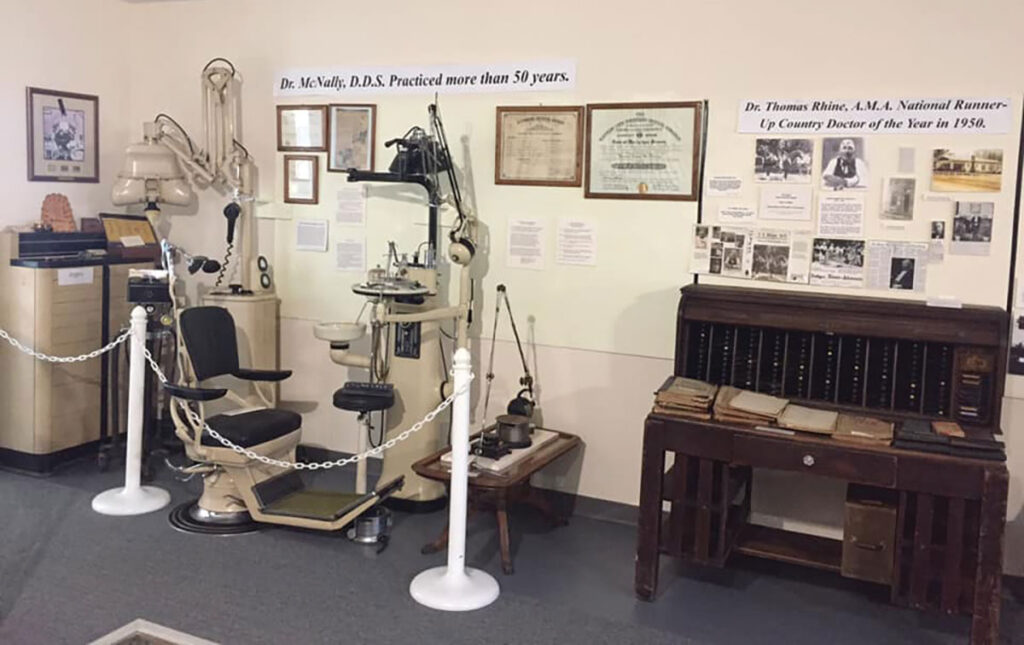
Lincoln, Ark., museum is one of only two in the nation to honor country doctors
LINCOLN, ARK. – Old-time country doctors treated illnesses and injuries, performed surgeries and delivered babies. They made house calls or welcomed patients into their homes, and payment for services wasn’t always monetary, but their communities depended on them.
To honor those country doctors, Lincoln, Ark., is the home to one of only two museums in the U.S. dedicated to preserving their stories and history. The other, which was the first country doctor museum, is in North Carolina.
The Arkansas Country Doctor Museum was founded in 1994 by Dr. Harold Boyer, the son of Dr. Herbert Boyer. The museum is in the former Boyer family residence, the senior doctor’s clinic and the hospital.

“Dr. Harold Boyer wanted to preserve country doctors, and what they did for this area, so he decided to start the museum,” Nichole Hager, Arkansas Country Doctor Museum office manager, explained. “He also wanted to honor his father and other Arkansas country doctors for their selfless service and unique contributions to the people of Arkansas.”
Nichole said Dr. Herbert Boyer was the third doctor to live and work on the property and was the longest-tenured physician in the area.
“He was here from 1936 to 1973,” she explained. “The other two doctors were only here for a year, but he served this area for all those years. His wife [Ruby] lived here until 1986. It sat for a while, but then their son, a Las Vegas dermatologist, wanted to honor his father and decided in 1993, with some other local doctors, got a board together and made it a museum.”
The museum has three areas, the doctor’s living quarters, the clinic and the hospital portion, complete with a ward for ladies and a ward for men. The museum also includes the Dr. Harold L. Boyer Educational Building and a memorial room. Both were added in 2004.
“Dr. Boyer is the main storyline of the museum, but we have taken in many donations and artifacts from all different country doctors,” Nichole said.
The 11-room museum features exhibits from the 19th and 20th centuries, including medical equipment, surgical tools from Civil War battlefields and even an iron lung.
“Approximately 460 babies were born here with Dr. Boyer,” Nichole said. “We have birth records on file and they are no more than a sketch of paper; they are interesting to see. A lady needed a passport, and she didn’t have any documentation. She called us and we were able to find her birth record. I sent her a copy of her birth record and she was able to get her passport. There are so many unique items here, and you can see what it looked like in the 1940s, the 1950s and the 60s. It’s unique to see how medicine has evolved over the years.”
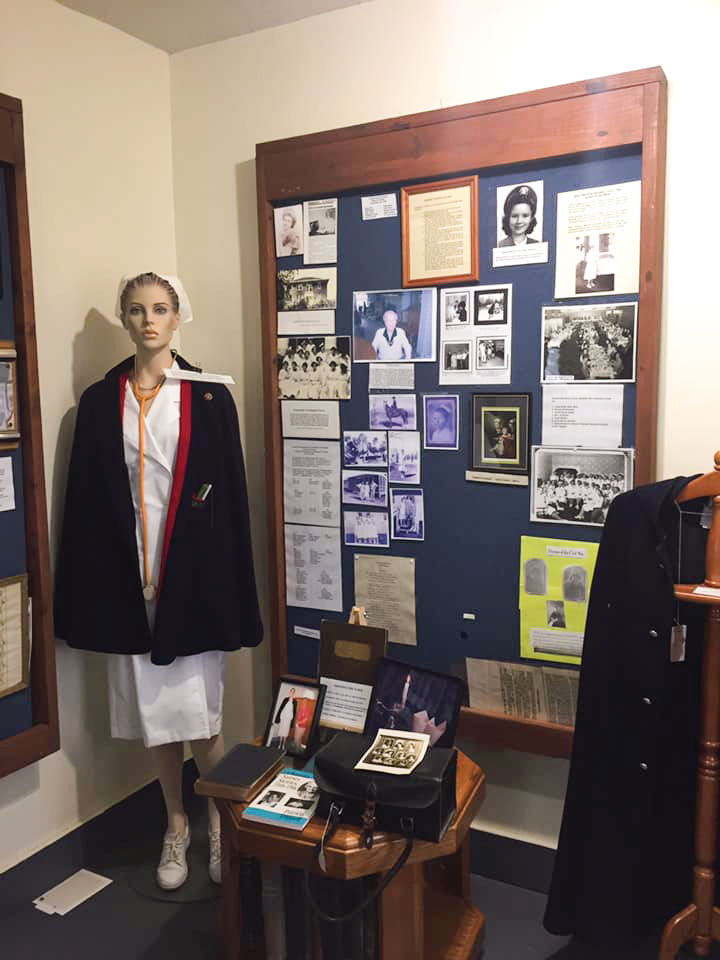
The museum also has a horse-drawn carriage one of the doctors used for house calls and a 1924 Model T a later doctor used.
“A lot of the doctors depended on their horses even after automobiles were available,” Nichole said. “They might go to a car but would be back on their horses or in buggies because they would be too exhausted to operate the car, but the horse knew the way home; the horses were more reliable. We have a lot of items that were packed up and put on a horse’s back and taken out into the field so the doctor could go to the patient.”
Among the medical-related items and artifacts are also pieces of Arkansas history, including a cane presented to Dr. James Monroe Boone by Gen. Andrew Jackson.
“Boone served under Jackson in the War of 1812,” Nichole said. “It’s made of hickory and has some engraving. Dr. Boone was born in North Carolina and practiced in Washington County, Ark., for many, many years.”
Donations continue to come in, so much so that an additional building is nearing competition to house the items.
“We’re calling it are artifact and preservation building,” Nichole said. “The museum is just packed with so many artifacts that we needed a place to store things and work on new exhibits to switch things in and out. We want to get everything in one climate-controlled location. Plus, we need to be evolving.”
The museum was also the Boyer home, and Miss Ruby, as she was affectionately known, served her community as well. She cared for the patients, cooked meals and assisted in many ways.
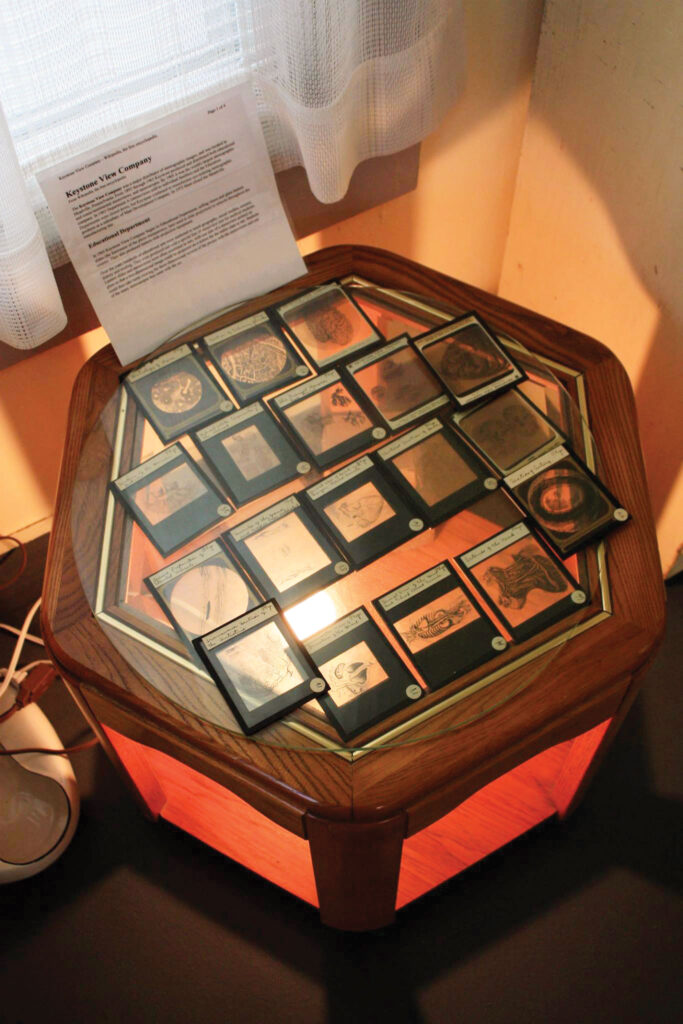
“Her friends would travel, but she would always stay home to help with the patients,” Nichole said. “They would bring her a salt and pepper shaker. We have that collection of salt and pepper shakers from all over the world, and it’s said to be the largest collection ‘south of the Mississippi.’ It’s a huge collection.”
Dr. Boyer would often receive things like sweet potatoes, eggs, apples and other items instead of payment.
“[The Boyers] cared enough about their patients that you didn’t have to have money; you could bring whatever you had and see the doctor and be taken care of,” Nichole said.
In addition to exhibits, there is a Hall of Honor, which pays tribute to many of the country doctors of Arkansas.
“It currently has 153 country doctors from all 75 counties in Arkansas,” Nichole said. “They started the hall when we opened. The board’s goal was to get one doctor from every county, so they have surpassed that.”
Biographical information about each of the Hall of Honors members is available at the museum, as well as on the museum’s website (www.drmuseum.net).
Admission is free to the Arkansas Country Doctor Museum, but donations are welcome. The museum is open from 1 to 4 p.m., Wednesday through Saturday, and no reservations are required. The museum is closed from the third Saturday in November to the third week of February.
